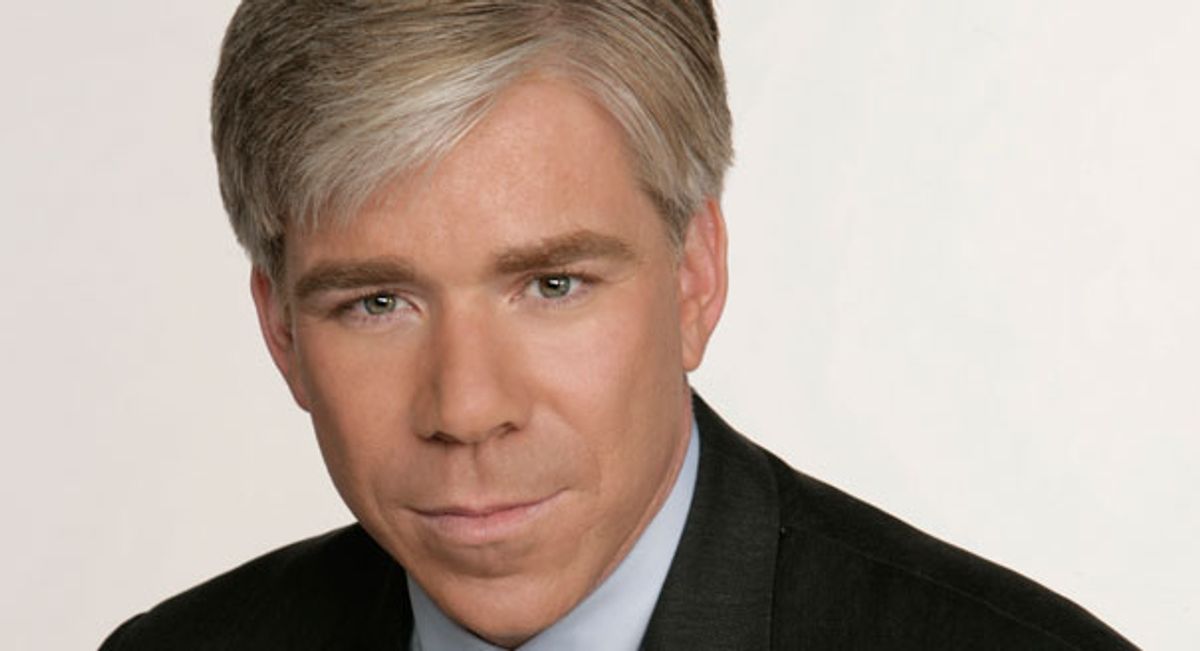In New York City, Mayor Michael Bloomberg's NYPD is stopping large numbers of innocent people walking down the street each day -- questioning them as to their whereabouts and invasively frisking their bodies in a hunt for weapons and drugs. The stops are almost entirely (nearly nine in 10) targeting young black and Latino men. The overwhelming majority of those stopped are doing nothing wrong (just 6 percent of stops lead to arrests, and a small fraction of those are ever prosecuted). And it's having a deleterious effect on the psyche of the targets (as well as community relations with police).
How disconcerting is the program's execution -- which currently allows officers to stop anyone committing a "furtive" movement (whatever that is)? This past week, a federal judge in Manhattan, Shira Scheindlin, heard arguments as to whether the stops -- whose numbers have soared to roughly 700,000 per year, according to the force's own estimates -- are actually even constitutional. During the course of the proceedings, it was revealed that NYPD engaged in an illegal quota system and that officers were intentionally targeting young black men.
Of course, if you watched any number of interviews with Mayor Bloomberg on national TV this past week or two, you'd have no idea of any of this. An interview with CNN's Jake Tapper spent quality time getting to the bottom of some of Bloomberg's recent initiatives, like attempts to limit soda cup sizes and the visibility of cigarettes. But nada on one of the pressing civil rights issues of our time, while speaking to the man at the center of it (I mean, he was already there, anyway), the very week of the trial. A week earlier, an interview with David Letterman, which was not just fun and games, included serious questions about guns and crime, but didn't touch stop and frisk, its controversy or its trial.
But to fully illuminate the degree to which this issue upending the lives of young black and Latino men is not on the radar of some of the biggest national media outlets (and their decision-makers), look at Sunday's episode of "Meet the Press." To promote an interview with Bloomberg, moderator David Gregory opened the show by telling viewers, "This Sunday, a special focus on the political debate over our personal freedoms in this country." As if to punctuate the point, an NBC promo spot for the program set up the question: "What is the proper balance between keeping public safety and personal freedom?"
Given that the episode would feature an interview with the mayor of the city whose stop and frisk policy was not only dividing residents over the exact question of civil liberties and public safety, but was on federal trial this very week, you might think the issue would be the focus of the interview.
Again, nada. Gregory's oversight (he asked zero questions on the matter) was not due to a lack of time. The moderator did put his quest to determine the balance between public safety and personal freedom directly to the mayor in other areas of historic significance. After a series of questions about Bloomberg's gun control efforts, Gregory went deep, spending three minutes grilling the mayor on his initiative to limit the size of cups soda may be served in:
Visit NBCNews.com for breaking news, world news, and news about the economy
So, what are we to learn from all this? It's important to distinguish between an interview that asks bad questions about a topic, and one that ignores it altogether. With the former, at least the topic is being acknowledged and the relevant decision-makers feel they need to discuss it. Of course, they might do a poor job. That happens. But ignoring the issue entirely is something different. What that does is to confer upon it the message that it doesn't matter. Or doesn't exist.
In the case of Gregory, Letterman and Tapper, presumably they either knew about the issue and chose not to ask Bloomberg about it -- or somehow were completely unaware of the civil rights debate roiling the nation's most populous city.
Either way, for the 3 million viewers of "Meet the Press," 3 million viewers of "The Late Show," and 300,000-plus viewers of "The Lead," the message they're getting is that the targeted stops and degradation of young black and Latino men walking to church, home from work, or to hang out with friends don't exist. They don't matter. The size of soda cups? That's another story.



Shares